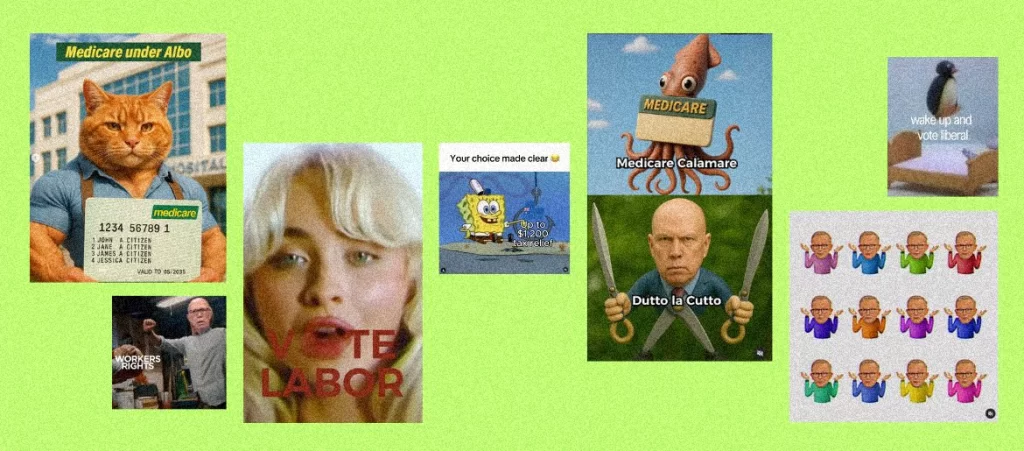
I went on a date at the end of last year with a guy who proudly told me he was related to Barnaby Joyce. Amused that he seemed to think this would appeal to me — a climate activist — I shared the anecdote with a friend the next day. Her response? “Who’s Barnaby Joyce?”
It’s easy to forget how vastly different our algorithms and echo chambers can be from the people we sit next to at work, jog alongside at run club or catch up with at the footy. But while my feed was filled with political content over the past five weeks, 44% of Australians said they paid little to no attention to the election, even in the very late stages of the campaign.
The reasons why someone might not engage with politics are complex, but if we want to make progress on the big issues that affect our country and planet, we need to find ways to include everyone in the conversation.
It’s increasingly obvious that the biggest divide in our politics is not between left and right. It’s between people who pay attention and those who don’t. Politicians have clearly recognised this, and have turned to brain rot memes and diss tracks in an attempt to connect with voters typically removed from mainstream political discussion.
In today’s fragmented media landscape, the focus becomes ‘how do I get voters to notice me?’ rather than ‘what do I actually want to say and do?’.
The result of this race to the bottom is a political conversation that assumes the only way to connect with young voters — and, in fact, all voters — is to dumb things down. To meme-ify, to slogan-ise, to ignore policy altogether.
This approach not only underestimates voters, it prevents us from the kind of meaningful discussions required to address the compounding crises we are facing. An overheating planet, rising inequality and a housing crisis driving more people towards homelessness cannot be solved through memes. The ‘vibes’ based approach to campaigning pushes voters further away from the political process as they rightly question why their local MP seems to spend more time chasing TikTok trends than actually standing up for them in parliament.
Whatever these content strategies imply, Australians are not fools. They do complex, important jobs in our economy; they effortlessly keep up with the latest MAFS drama; and they’re more than capable of talking about policy, weighing up tradeoffs and voting for a better future. It’s just that they’re often disconnected by algorithms and a political discourse that ignores many of the issues that matter most.
A couple of weeks ago the climate organisation I co-run released a tool designed to engage these voters, while shifting the conversation back to policy. Since launching, over 500,000 voters have used Build a Ballot and we’ve reached users in every single electorate. The same algorithms that reward angry comment sections reward the shares, comments and conversations this tool generates; so far we’ve had over 3.5 million organic views on social media.
We’ve received hundreds (if not thousands) of messages from people talking about how this is the first time they’ve really understood what they’re voting for; how empowering it feels to make an informed choice at the ballot box. It has helped voters start conversations with family members, group chats and communities about the kinds of policies we need as a country, and which candidates and parties will actually best represent them.
Regardless of the final election result, the uptake of Build a Ballot throughout this campaign has given me some hope that we will not be doomed to vibes-based elections forever.
As for my Barnaby Joyce-unaware friend? She messaged me last week to ask if I had any voting resources that could help her actually do some research for once. I sent her Build a Ballot, and realised I should probably talk about my job a bit more amongst the dating life updates.

Comments are closed.